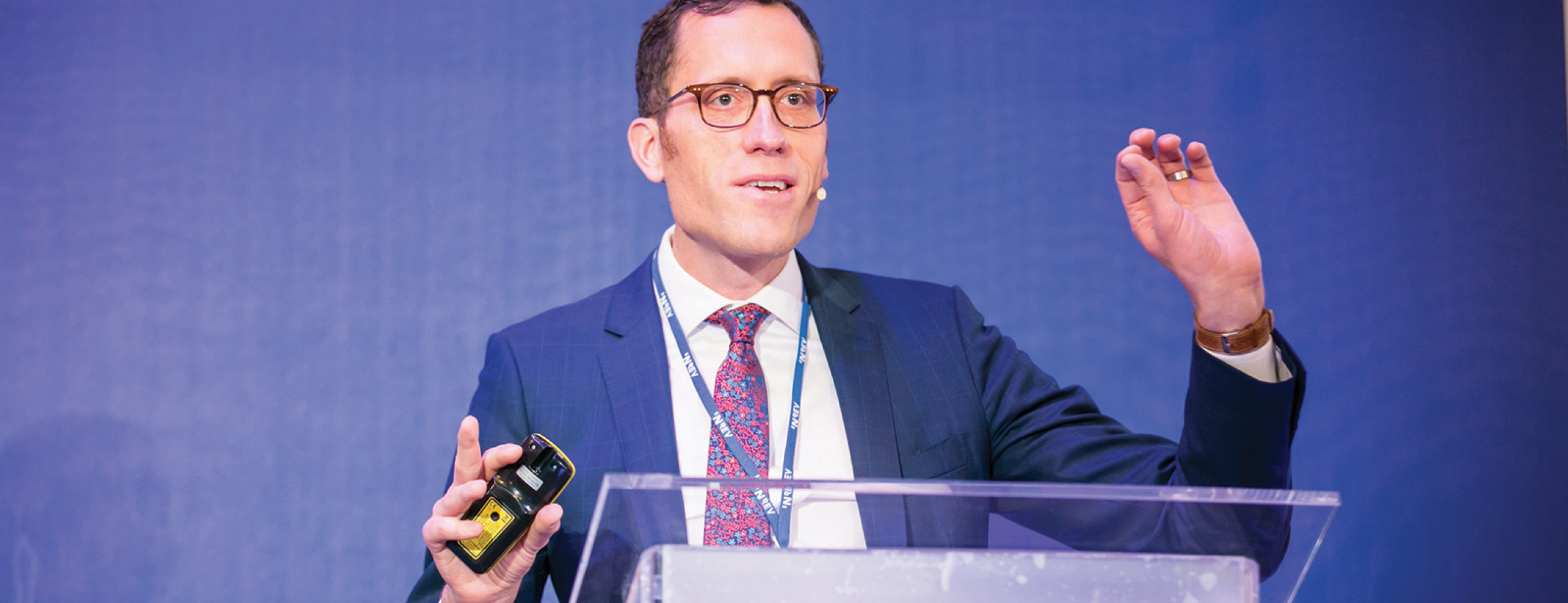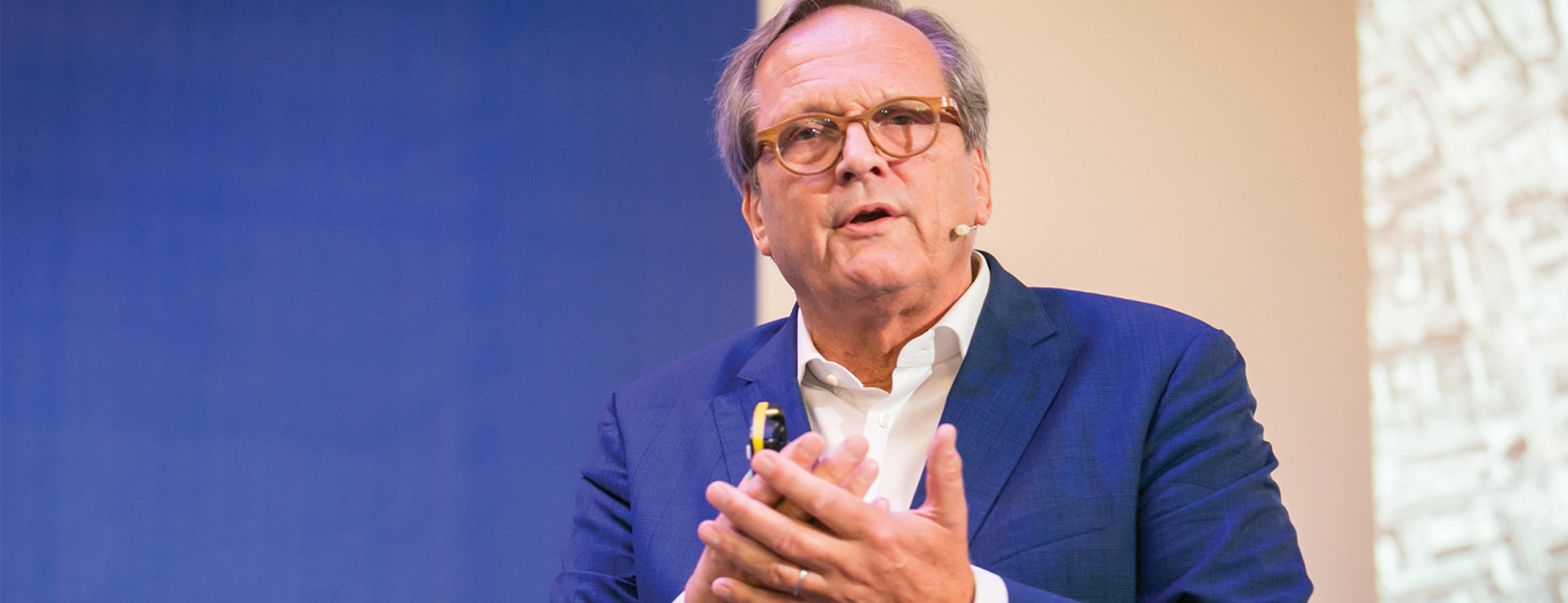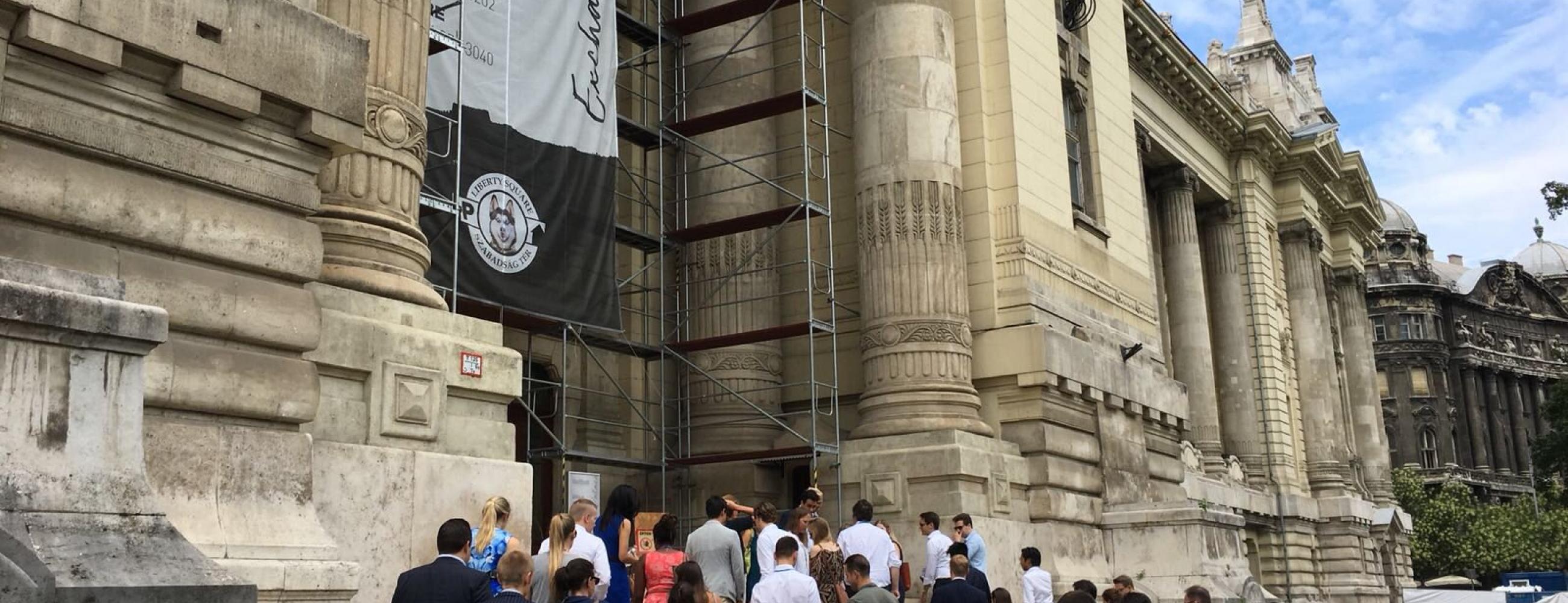Philip Coggan, Bartleby columnist of The Economist, opened his keynote speech with a note of optimism, that England would advance to the world cup quarterfinals, before moving onto a gloomier outlook for the European economy. Alluding to a series of forward leading indicators and surveys that suggest the slowing momentum in European economy, he then outlined more fundamental issues – including the threat of a global trade war, the rise of populism and immigration – that are likely to change the course of growth for Europe.
To aid growth in Europe, he offered a series of policy recommendations:
- Immigration can ease the burden that is associated with an ageing population
- Labour market reforms, regardless of how unpopular they might be, will enhance productivity
- Investment in education should be on the minds of policymakers
As a final note, his best guess for Europe is that the region will muddle through, with unpleasant moments occurring in between.








